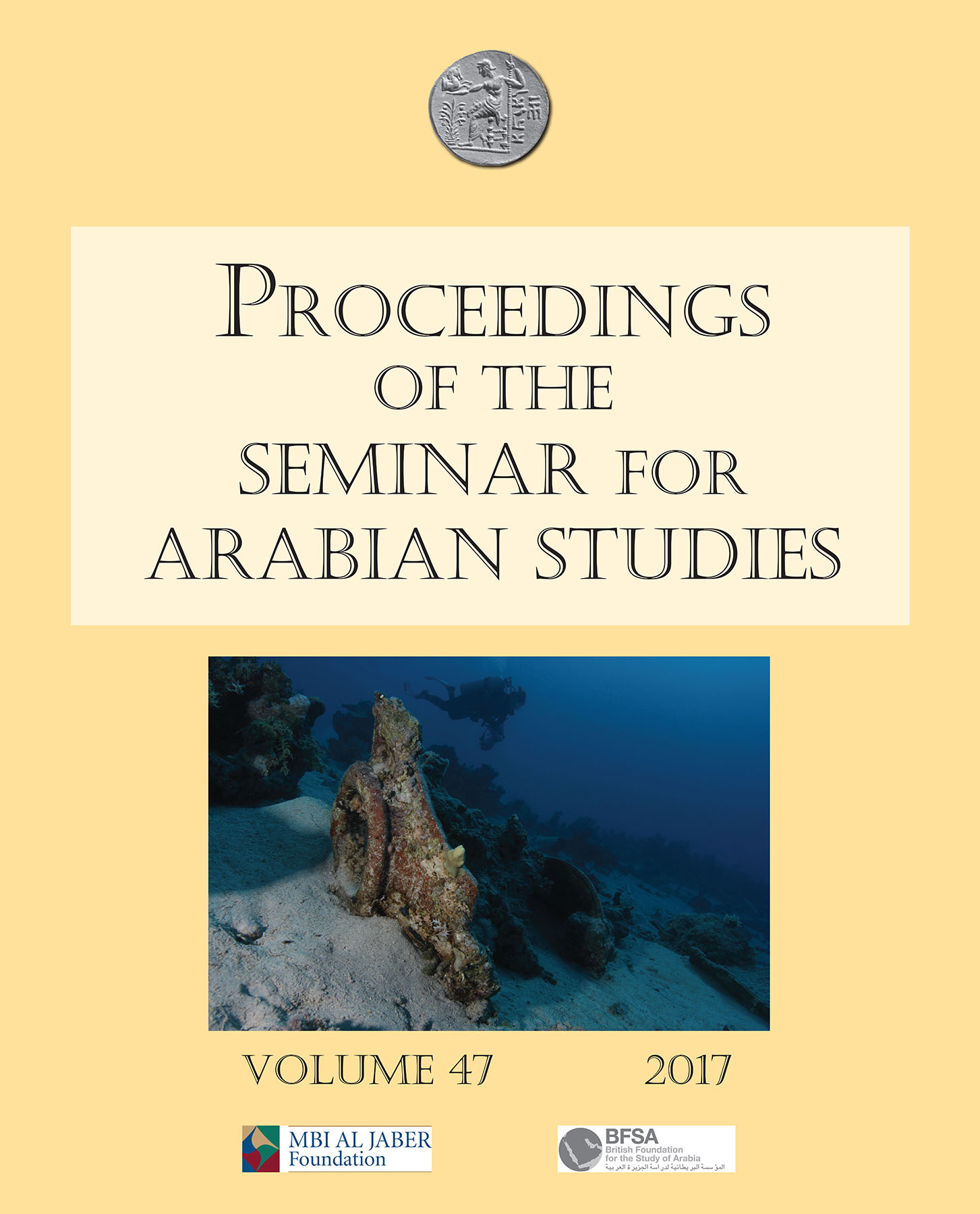Snake decorations on the Iron Age pottery from Sarūq al-Ḥadīd: a possible ritual centre?
Keywords:
ritual, south-eastern Arabia, pottery, Iron Age, portable X-ray fluorescence (pXRF)Abstract
The Early Iron Age pottery from Sarūq al-Hadīd has a high frequency of vessels decorated with snake appliqué. These vessels compare favourably with material from al-Qusays, MasāfT, Biṭnah, and Salūt, all of which have been interpreted as ritual centres, and these ceramic parallels suggest that ritual practices were conducted at Sarūq al-Ḥadīd as well. Visual analysis and portable X-ray fluorescence conducted on the Snake Ware from Sarūq al-Ḥadīd determined that the same fabric was used to create the jars, lids, and deep bowls. The pedestalled bowls, however, are the product of at least three different fabrics. We suggest that several different groups, which episodically converged at Sarūq al-Hadīd, brought the pedestalled bowls with them and used these vessels in a shared ritual. We further argue that such inter-group meetings, when contextual ized within the broader developments of the Iron Age, played a key role in the economy and society of south-eastern Arabia.
References
.
Published
How to Cite
Issue
Section
License
Archaeopress Publishing, Oxford, UK


